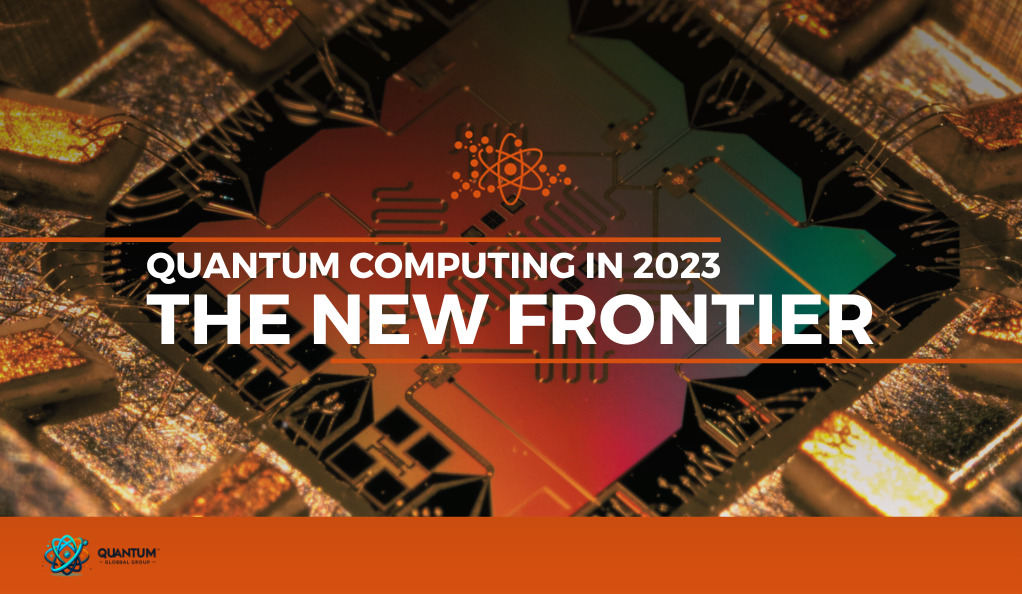Quantum computing is poised to redefine the digital age. With the potential to revolutionize areas like health diagnostics, rapid drug development, swift AI responses for autonomous vehicles and space exploration, traffic optimization in bustling cities, enhanced weather predictions, and efficient supply chain management, it’s clear that the future is quantum.

The Quantum Challenge: Error Correction
However, the journey to this quantum future isn’t without its hurdles. The primary challenge? Error correction. The trade-off for quantum computing’s rapid operations is an increased susceptibility to errors. Factors like electromagnetic interference, temperature fluctuations, and even Earth’s magnetic disturbances can introduce errors in quantum systems.
The building blocks of quantum computing, qubits, are inherently error-prone. Unlike traditional computer bits that can be copied with high reliability, qubits are complex and can’t be duplicated without introducing errors. Their rapid aging and potential deterioration further complicate the matter.
IBM’s Solution to the Quantum Dilemma
IBM Quantum’s researchers have unveiled a groundbreaking solution to this problem. As Sergey Bravyi, an IBM researcher, highlighted, while classical computers primarily deal with bit flip errors, quantum systems have to manage a wider array of errors, including phase errors that can distort the unique quantum information held by qubits.
The team at IBM has devised a method that significantly reduces the tools needed to detect errors in quantum computing. Traditional computer error-correction methods, like surface codes, have been effective but are not directly applicable to the more complex qubit systems.
Bravyi points out that achieving fault-tolerant quantum computing might necessitate millions of qubits, a daunting number at this stage. However, IBM’s innovative approach, which involves enhanced coding and a strategic rearrangement of qubit placement, can achieve the same results with just a fraction of the qubits currently used for error correction.
Conclusion
While the current advancements focus on quantum memory rather than computational power, they represent a significant stride towards fault-tolerant computing. Bravyi believes that this new method is a beacon, guiding the way to even more efficient error-correcting codes in the future.




